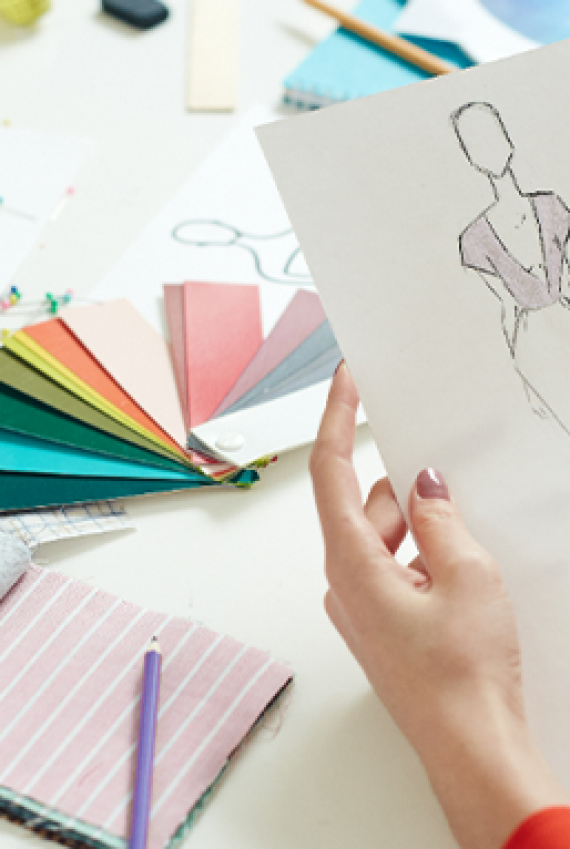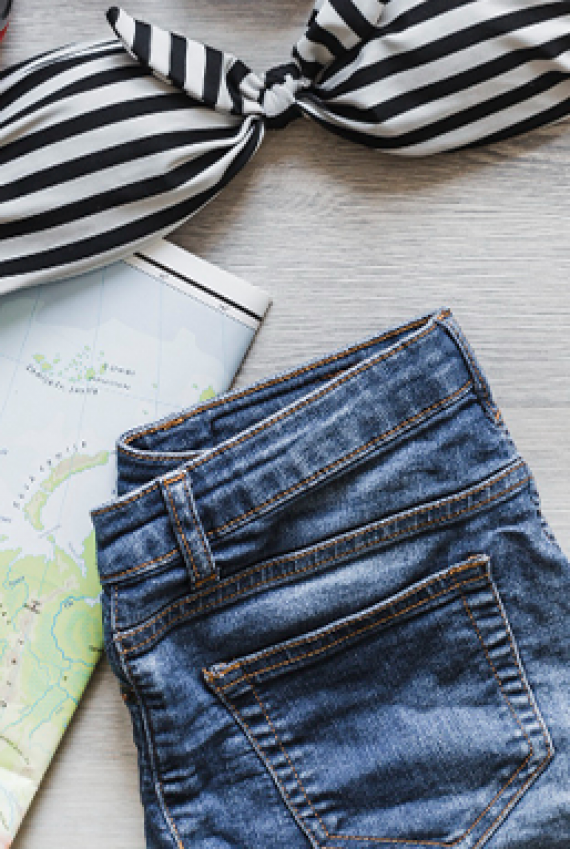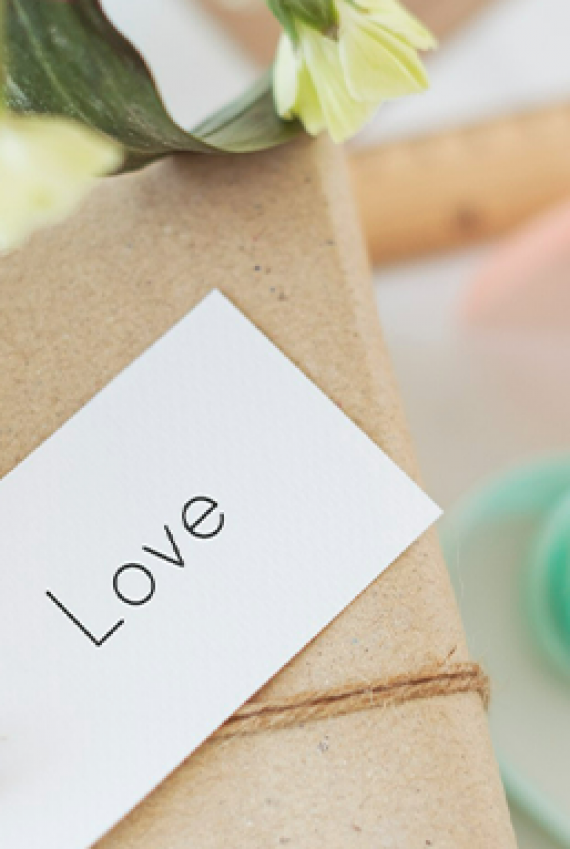Serene provides a supportive environment for innov...
The story of the Palestinian clothing from its origins until the wars
09 Jun, 2024 - Fashion
The issue is not about clothing or costume, it is about identity, and if identity is erased, the land is erased with it, and the culture and people collapse, so we insist on knowing the story of the Palestinian costume to learn about the Arab identity, which requires us to show solidarity and abandon our inability that has appeared in light of the current crisis that the Gaza Strip and the rest of the occupied Palestinian territories are going through.
Learn about the story of the costume, but rather about identity and culture. Learn with us about Palestine before 1984, that is, before the Israeli occupation.
It is peace, love, diversity, and culture. It contains the first of the two Qiblahs and the third of the two holy sanctuaries, the blessed Al-Aqsa Mosque for Muslims, so it has an important position.
So talking about the story of the Palestinian costume and Palestine the land is nothing but an adherence to it and our Arabism, the fabric of which was lost with the occupation.
Palestine is the first of the two Qiblahs
Since the Prophet Muhammad, may God bless him and grant him peace, was sent as a prophet, he used to pray towards Jerusalem, but after the honorable migration to Medina, that is, from Mecca to Medina, before the migration, he used to pray facing two Qiblahs, Jerusalem and the Holy Kaaba, and he used to pray between them towards the south, facing the north, but after the migration, he was unable to do so, so he was ordered to face Jerusalem and continued doing so for the entire 7 months, that is, before the Battle of Badr, and since his migration to Medina, then God sent down the order to face the Kaaba, the Qiblah of our master Abraham, so Jerusalem is an important and sacred Islamic symbol for all Arabs and Muslims in particular.
Pictures of Palestine before the occupation
Pictures of Palestine before the brutal Zionist occupation of its lands and before the Balfour Declaration and the promise of those who do not own to those who do not deserve
Pictures showing the normal life of Palestine before the Zionist occupation of the country Pictures of airports, hospitals, pictures of streets, pictures of life, commerce, and the movement of buying and selling Pictures of love and memories that are indelible no matter how the street changes from a paved place full of people and joy to war, weapons and destruction Pictures are indelible and neither memory nor history forgets the metaphor
We review some of those pictures:
 |  |  |
Three divisions of Palestinian dress according to the social fabric
We can divide the Palestinian dress into three important divisions according to the social fabric, some of which are specific to the Bedouins, some to the city, and finally the peasants
1- Palestinian dress for peasants
Each category has a specific way of wearing the Palestinian dress in Palestine, the land of peace. The Palestinian dress for peasants was made of linen or cotton woven on hand looms colored with natural dyes.
2- Palestinian dress for the city
Influenced by the cultural diversity in the city, the city had the latest fashion trends and the use of colors and textiles coming from Syria.
The producers in Aleppo and Damascus met the needs of the Palestinian market in particular at the beginning of the twentieth century.
3- Palestinian dress for Bedouins
As for the Bedouins, it reflected their belonging to the Bedouin tribe. Their clothes were usually made of cloth woven from the wool of camels, sheep, or goats.
The story of the Palestinian costume before the occupation
The Palestinian costume had a story and development over time that tells the people's adherence to heritage and authenticity and a return to the past, the old days
About the year 1900 before the occupation, where the bright white filled the Palestinian costume, but after the Zionist occupation, this white was replaced with black, especially worn in Jerusalem.
After 10 years, specifically 1910, women in the city of Nablus were interested in the jewelry and accessories that they wore on their gold and silver clothes.
As for Ramallah, in 1912, a wonderful piece was added to the clothes, which is the Sediri with accessories and the Palestinian costume full of embroidery
And passing through 1920, the Palestinian farm costume, which still exists until now, is the white Palestinian costume embroidered in a calm sky blue color
And it is worn during the olive harvest seasons from the farms.
In the mid-twenties of the last century, women's interest shifted to the braided dho, which is embroidered in purple, green and red colors, and the spread of photography studios increased during that time period.
This is the development of the wonderful Palestinian costume, the costume that tells a story of struggle and perseverance told by the Palestinian people.
Conclusion
Now that we have narrated the story of the Palestinian costume and its development, it remains for us to adhere to our heritage and emphasize that the costume and clothing are not pieces of art or others that a person wears according to his mood, but rather they are a glorified heritage, and the best heritage that can be glorified is the modest costume. We emphasized in a previous article that the modest costume and modest clothing are not only for veiled women.
The Palestinian costume was and still is emphasized by travelers from the late nineteenth century to the early twentieth century, on the diversity and richness of colors and embroidery that indicates the diversity in the Palestinian costume.
This diversity can be traced back to the various cultures that entered and mixed with Palestine and its culture, including ancient Egypt, ancient Rome, and the Byzantine Empire.



